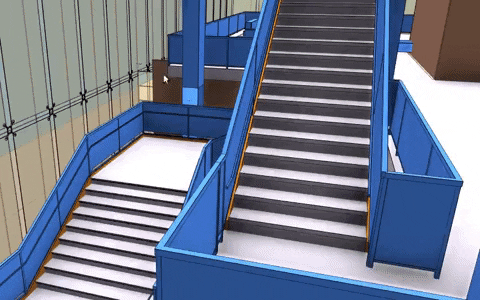Viewing Multiple Models
Introduction
xeokit-sdk can load multiple models from a variety of file formats into the same 3D scene.
Supported formats (so far) include IFC, glTF, DAE, OBJ, STL and 3DXML. Regardless of where models were loaded from, xeokit exposes their objects via an abstract interface through which we can access them uniformly.
In this tutorial, you'll load several models from different formats into the same scene, then update rendering states on a couple of their objects.

